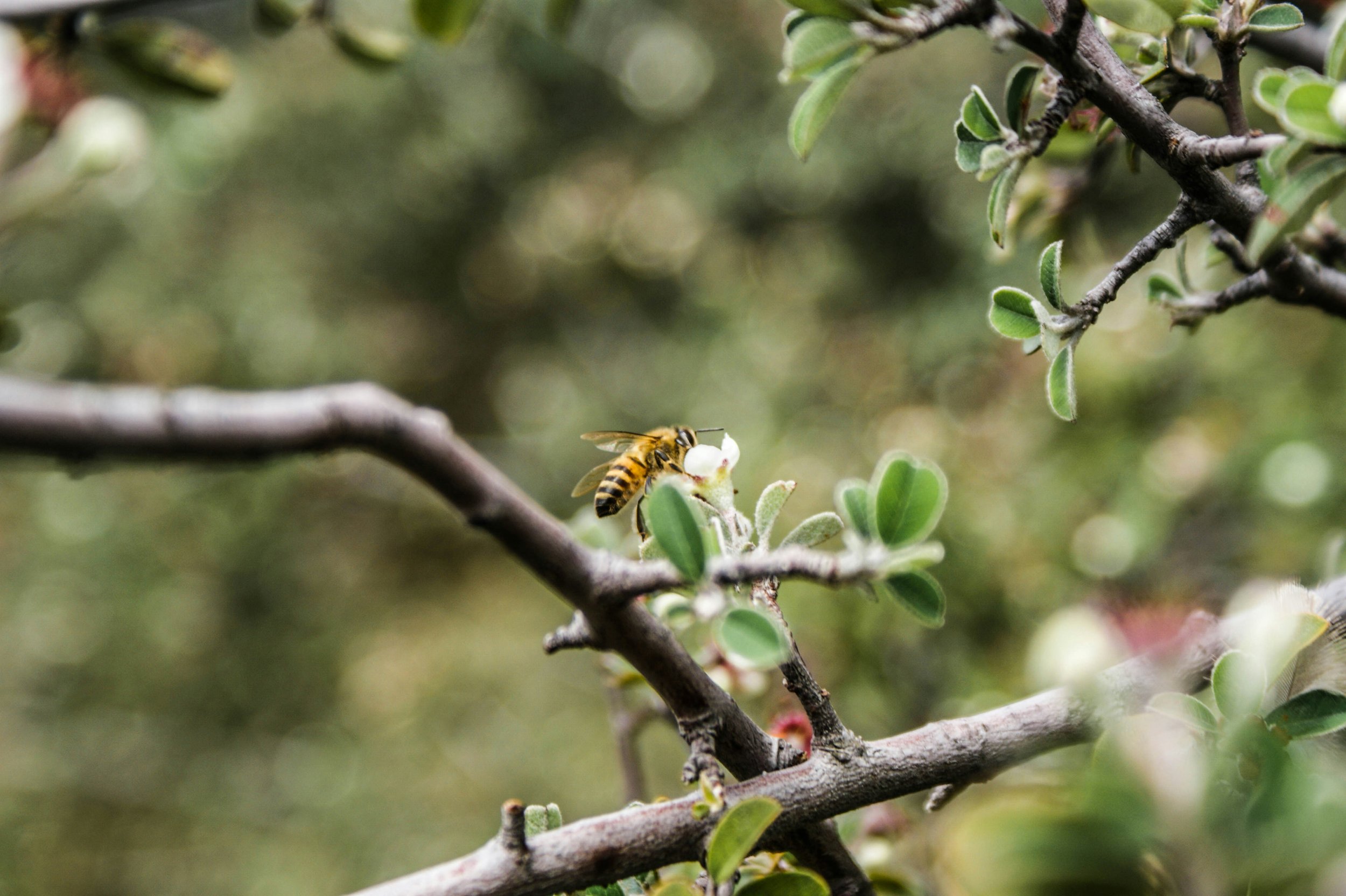
Why Are Bees Important?
Imagine a world without strawberries, kiwifruit, apples, nuts, coffee, chocolate or even denim jeans! And that’s only the beginning.
One mouthful in three and nearly ¾ of the diversity of our daily food is directly attributed to Bee pollination.
Billions of dollars in NZ export earnings depend on bee pollination. And so do many plants in your garden.
Watch Maureen on TV One’s “Sunday”
23rd Feb 2014
What is happening to our bees?
Honey bees all around the world are in decline because of Varroa mite infestations and other threats. Pesticide misuse is killing bees. Habitat degradation takes away flowers which supply nectar and pollen, their essential food. Bees are now dependent on humans to protect them.
What can you do about it?
Bee friendly!
Do not spray when plants are in flower or bees are present. Spray early morning or at sunset.
Provide fresh pesticide-free drinking water for bees.
Plant good nectar and pollen sources in your garden to nourish bees.
Planting for bees in your garden
Plant in generous clusters of the same species for wow factor and Bee Appeal
Large clusters of each species will attract bees into your garden
Plant flowers for each season
A steady source of nectar and pollen all year round sustains bees
Do not plant prohibited or controlled weeds
If in doubt check it out at the National Pest Plant Accord (NPPA) www.biosecurity.govt.nz/nppa and your regional Council website
For example for Auckland area contact Auckland Regional Council
Ph: 09 366 2000 or 0800 806 040, info@arc.govt.nz, www.arc.govt.nz
Bee-friendly kitchen and herb plant suggestions
-
Basil (Ocimum basilicum)
Chives (Allium schoenoprasum)
Cucumber, melon (Cucumis spp.)
Echinacea (Echinacea purpurea)
Pot marigold (Calendula officinalis)
Sage (Salvia officinalis)
Squash, pumpkin (Cucurbita spp.)
Sunflower (Helianthus annuus)
Sweet corn (Zea mays)
-
Apple (Malus spp.)
Bay laurel (Laurus nobilis)
Kiwifruit (Actinidia deliciosa)
Lavender (Lavandula spp.)
Lemon, orange, grapefruit (Citrus spp.)
Pear (Pyrus spp.)
Plum, peach (Prunus spp.)
Rosemary (Rosmarinus officinalis)